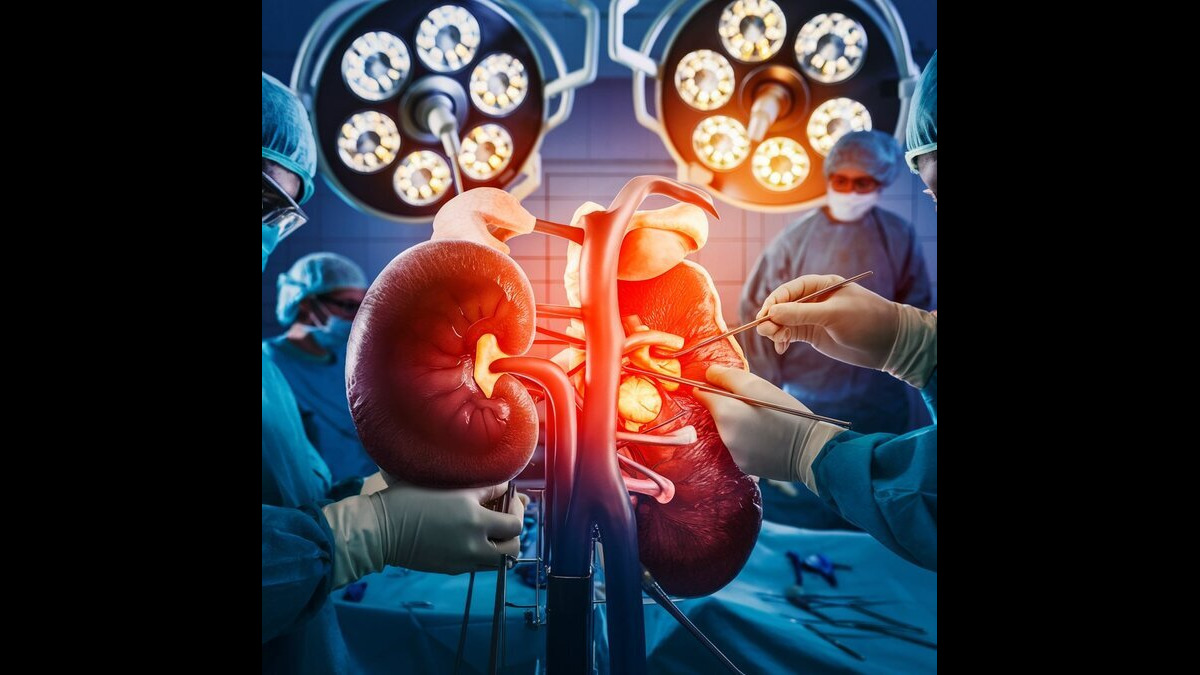Percutaneous Nephrolithotomy
This is just one post in a series on Bing that explains this topic in the easiest way possible. Percutaneous Nephrolithotomy (PCNL) is a surgical procedure that enters the body through a small opening. It removes kidney stones. It removes large kidney stones that cannot pass or that less invasive methods cannot treat. PCNL is a surgery. It makes a small incision in the back to access the kidney and remove stones. Experts suggest it for:
- Large kidney stones (greater than 2 cm)
- Staghorn stones that block multiple branches of the kidney.
- Stones are resistant to other treatments, like shock wave lithotripsy or ureteroscopy.
How Percutaneous Nephrolithotomy performed?
The procedure is performed under general anesthesia and typically takes about 2 to 4 hours. Here’s a step-by-step breakdown:
- Preparation: Patients undergo imaging tests, such as a CT scan, to locate the stones.Blood and urine tests also check for infections.
- Incision: The surgeon makes a small incision (about 1 cm) in the flank area to access the kidney.
- Accessing the Kidney: A specialist inserts a specialized needle into the kidney’s collecting system under imaging (X-ray or ultrasound) guidance.
- Inserting the Nephroscope: A nephroscope is a thin tube with a camera.A surgeon insert Nephroscope through the incision to see the stones in kidney.
- Stone Removal: The surgeon uses special tools to break up and remove the stones. If necessary, the surgeon may use a laser to fragment larger stones.
- Post-Procedure Care: The medical staff may place a nephrostomy tube to drain urine from the kidney during recovery.
Procedure with Percutaneous Nephrolithotomy (PCNL) and Recovery
The Procedure
Before procedure with Percutaneous Nephrolithotomy
Before undergoing a percutaneous nephrolithotomy (PCNL), patients must have a thorough evaluation with their healthcare provider. This evaluation includes discussing their medical history, current medications, and any allergies.
Additionally, they are typically instructed to refrain from eating or drinking after midnight prior to the procedure. Furthermore, patients may undergo imaging tests to locate the kidney stones. Moreover, patients also need to arrange for transportation home after the surgery, as they will be under general anesthesia and, consequently, unable to drive.
During procedure with Percutaneous Nephrolithotomy
During the procedure, which usually lasts between three to four hours, the medical team places the patient under general anesthesia and positions them, often on their stomach, to allow access to the kidney through a small incision in the back.
The surgeons then insert a specialized needle to create a pathway to the kidney, followed by placing a sheath through which they introduce a nephroscope to locate and remove the stones. In some cases, they use tools such as lasers to break the stones into smaller pieces.
After procedure with Percutaneous Nephrolithotomy
After the procedure, patients are monitored in a recovery area and may need to stay in the hospital for one to two days. Common post-operative effects include pain, nausea, and blood in the urine, which usually resolves within a few days. Patients are advised to avoid heavy lifting and strenuous activities for two to four weeks and will have a follow-up appointment to assess healing and remove any drainage tubes as necessary.
Recovery typically takes about two to four weeks, during which patients should be aware of any complications and report them to their healthcare provider promptly.
How long does it take to recover from percutaneous nephrolithotomy?
1: Recovery Timeline
- Hospital Stay: After the procedure, most patients stay in the hospital for 1 to 2 days. Some may remain for up to 4 days, depending on their specific circumstances and any complications that may arise.
- Initial Recovery: In the first few days after surgery, patients may feel pain and discomfort. Doctors usually manage this with prescribed medications.
- Return to Normal Activities: Many patients can resume light activities soon.
- Follow-Up Appointments: A follow-up visit is usually 4 to 6 weeks after the surgery. It is to assess recovery and check for any remaining stones.
2: Factors Influencing Recovery
- Individual Health: The patient’s overall health, age, and any pre-existing conditions can influence recovery.
- Type of Stones: The size and complexity of the kidney stones being treated can also impact recovery time.More complicated cases may require longer recovery periods.
- Postoperative Care: Following postoperative instructions is crucial for a smooth recovery. It includes managing pain and watching for complications.
Is PCNL a major surgery?
Classification as Major Surgery
- Invasive Nature: PCNL involves making a small incision (approximately 1 cm) in the back to access the kidney directly. This requires puncturing the kidney. It’s a major surgery. Though it is less invasive than open surgery, it has risks.
- Anesthesia: The procedure uses general anesthesia, which is standard for major surgeries. It requires a careful preoperative assessment and monitoring during the procedure.
- Recovery and Hospital Stay: Patients usually stay in the hospital for 1 to 3 days after the surgery. This is longer than most outpatient procedures. Full recovery can take 1 to 2 weeks. It depends on health and the complexity of the case.
- Risks and Complications: PCNL has fewer complications than open surgery. However, it still carries risks like bleeding, infection, and organ injury. This underscores its classification as a major surgery.
Percutaneous nephrolithotomy costs.
The cost of percutaneous nephrolithotomy (PCNL) can vary widely. It depends on the facility, location, and case complexity. Here’s a summary of the cost considerations, based on the data:
General Cost Overview
- Procedure Costs: The cost of PCNL can range significantly. In some reports, the average cost of PCNL in the United States is between $10,000 and $20,000. This includes hospital fees, surgeon fees, anesthesia, and any necessary imaging studies.
- Insurance Coverage: Many plans cover PCNL. It is often a necessary procedure for large or complicated kidney stones. Patients should check with their insurer about their coverage and costs.
- Additional Costs: Preoperative Testing
- Variability by Location: Costs can differ based on geographical location. For example, urban hospitals may have higher fees compared to rural facilities.
- Mini-PCNL is a type of PCNL. It may have similar costs but can offer benefits. It may lead to shorter recovery times and fewer complications. The costs for mini-PCNL are often comparable to traditional PCNL.
Benefits of PCNL
- High Success Rate: PCNL has a success rate of 75% to 98% for complete stone removal in one session.
- Minimally Invasive: PCNL uses smaller incisions than open surgery. It causes less pain and allows for a quicker recovery.
- Single Session Treatment: We can often treat multiple stones at once. This reduces the need for multiple procedures.
Conclusion
Percutaneous nephrolithotomy is an effective and minimally invasive procedure for treating large or complex kidney stones, offering high stone-free rates when performed by experienced surgeons. While associated with risks such as bleeding and infection, PCNL remains a preferred choice for managing significant renal calculi, balancing efficacy with a commitment to reducing patient morbidity and recovery time
FAQs
Ideal candidates are individuals with large kidney stones (over 2 cm), multiple stones, or stones that have not responded to other treatments.
PCNL provides a more effective solution for large stones, allowing for simultaneous treatment of multiple stones in one session.
Recovery involves a hospital stay, pain management, and a gradual return to normal activities over a few weeks.
Yes, PCNL is performed under general anesthesia to ensure patient comfort during the procedure.
While complications are rare, they can include bleeding, infection, and incomplete stone removal, which may require further treatment.

